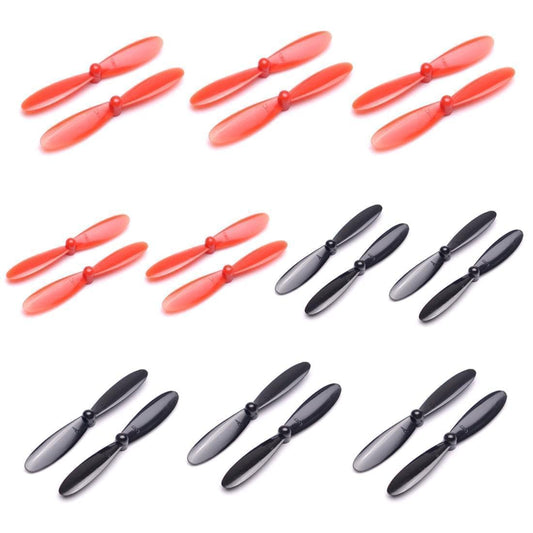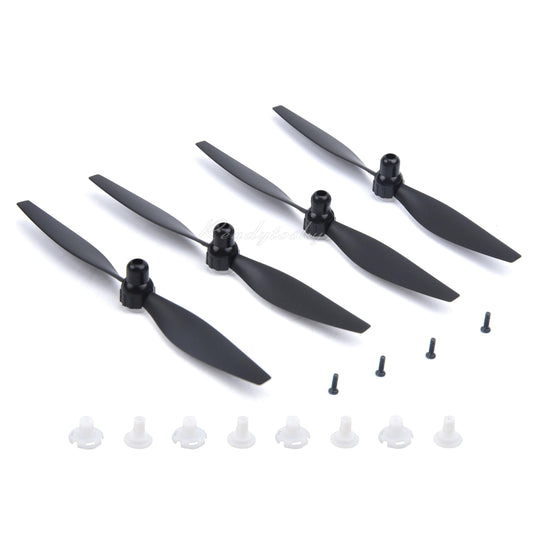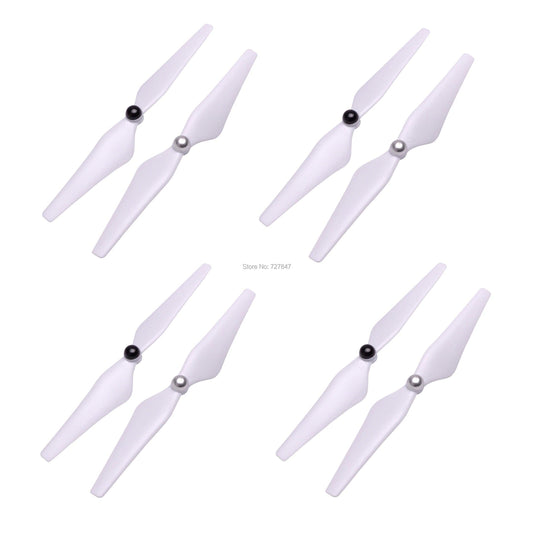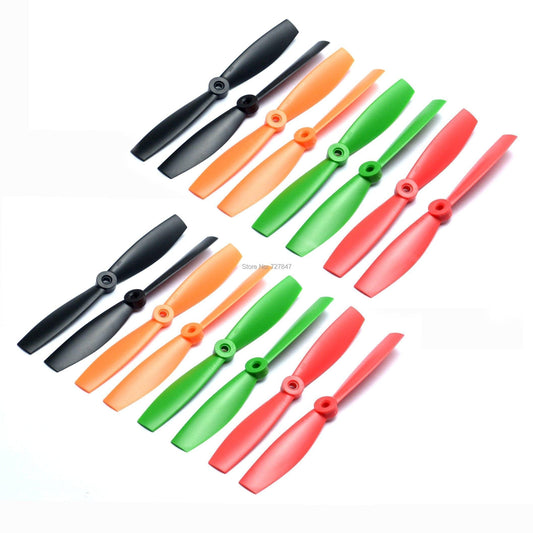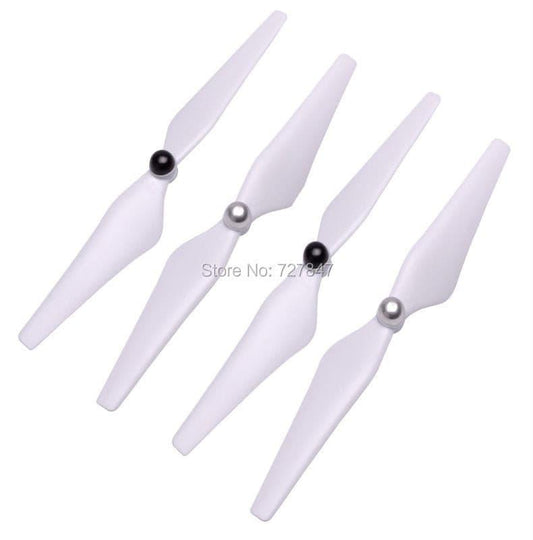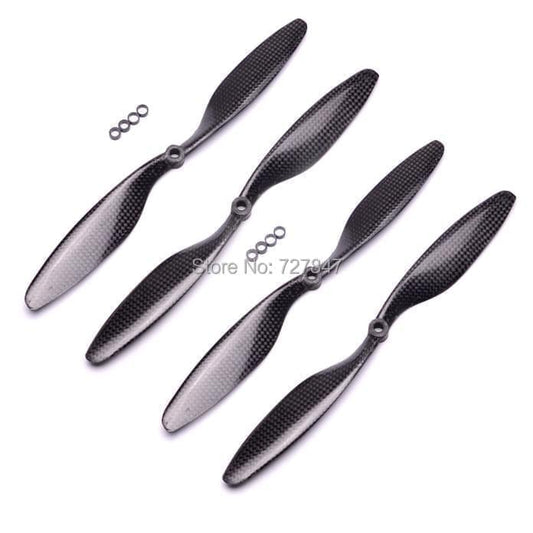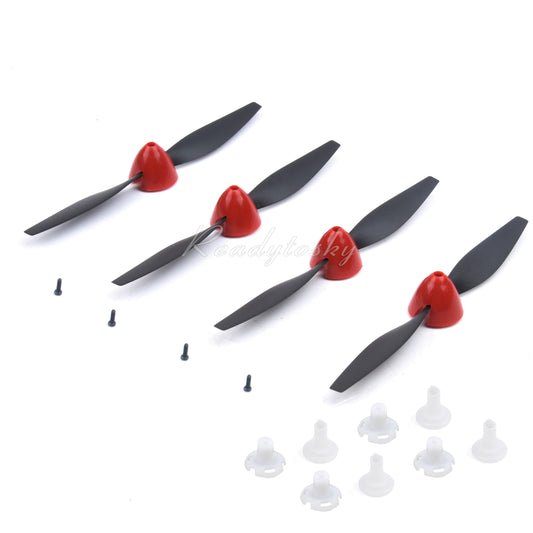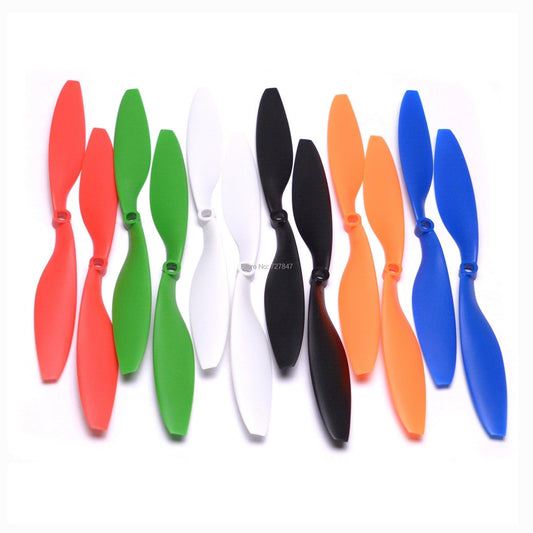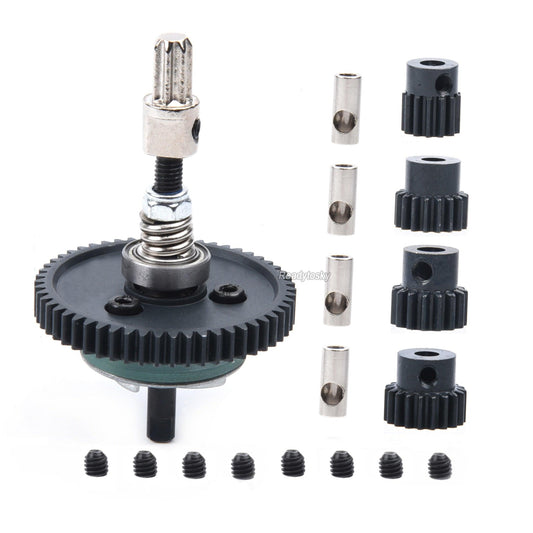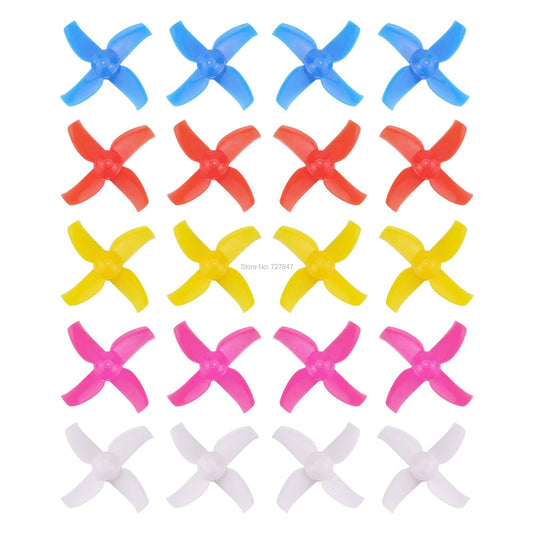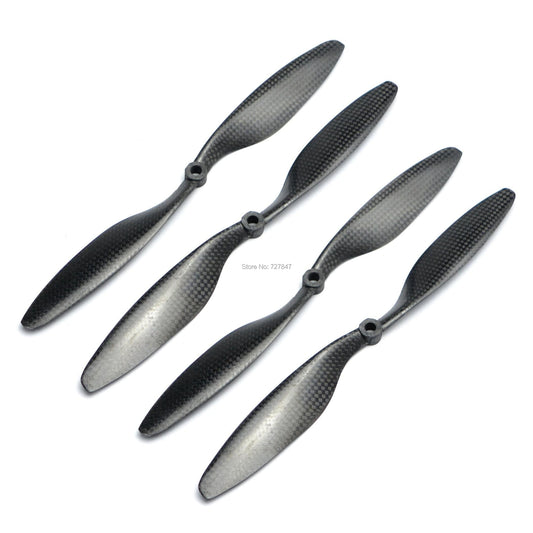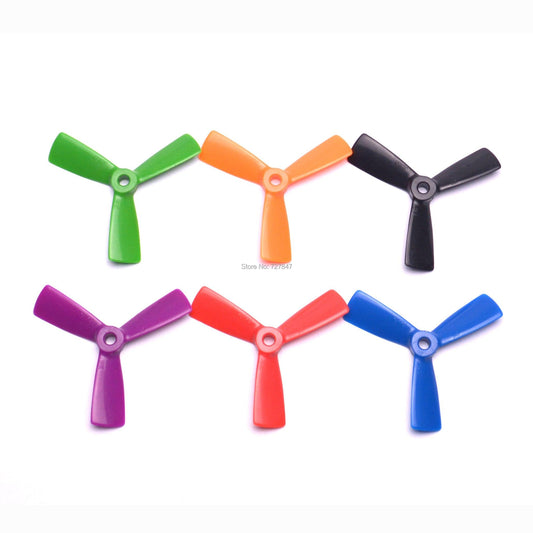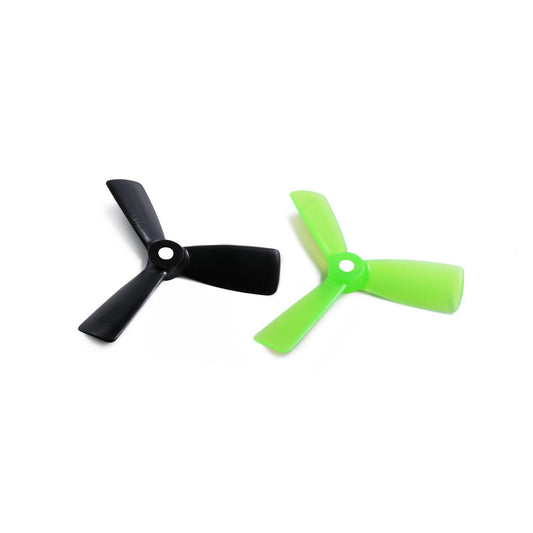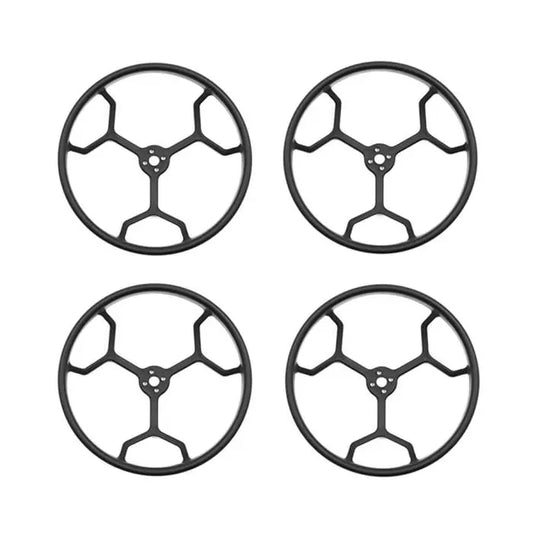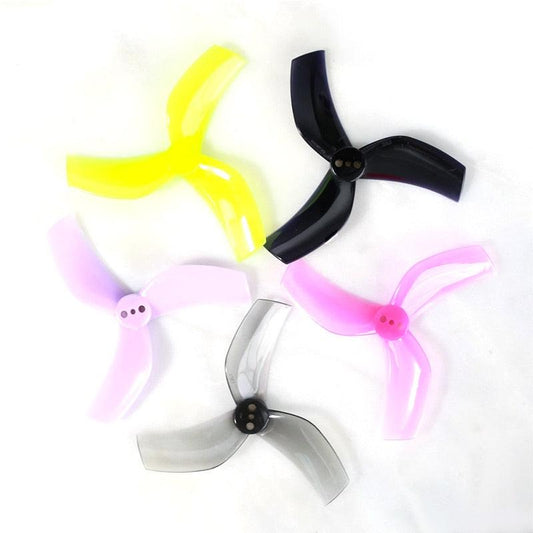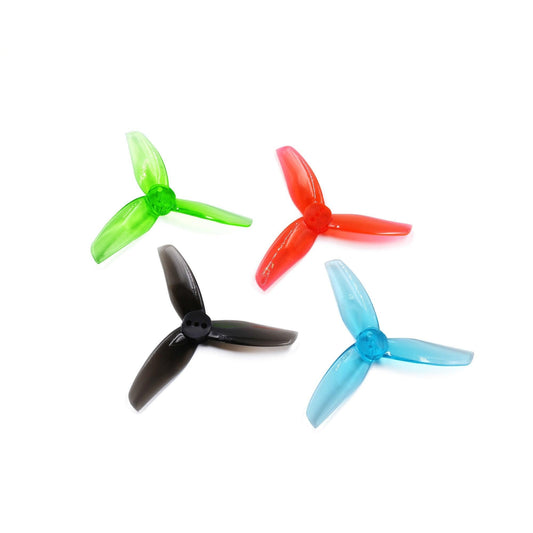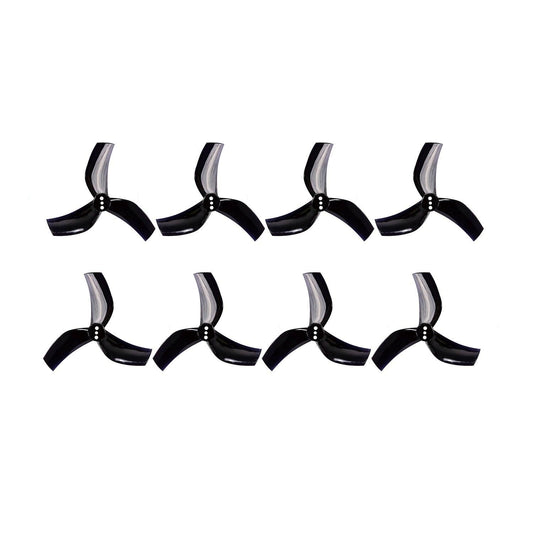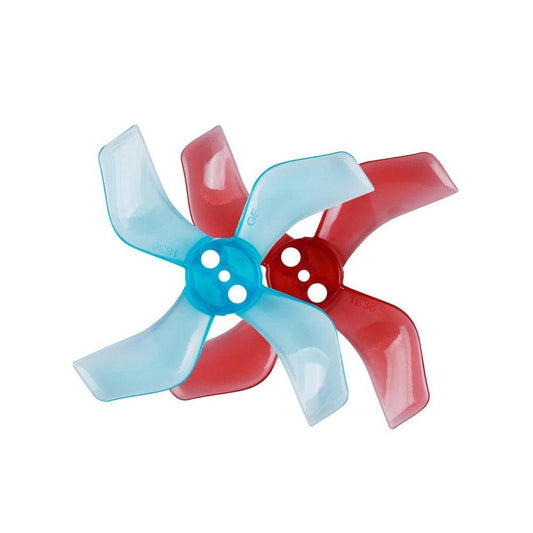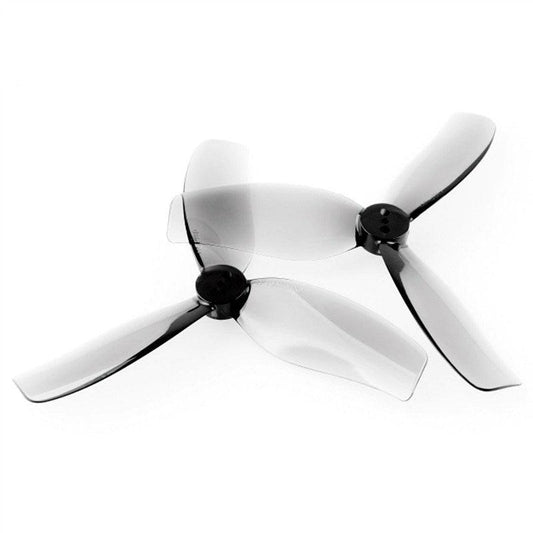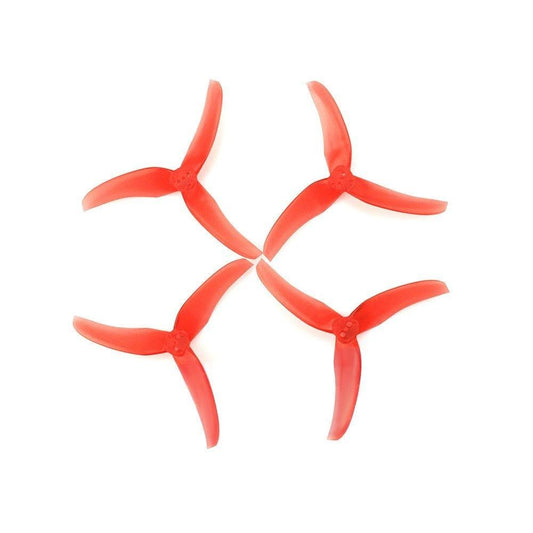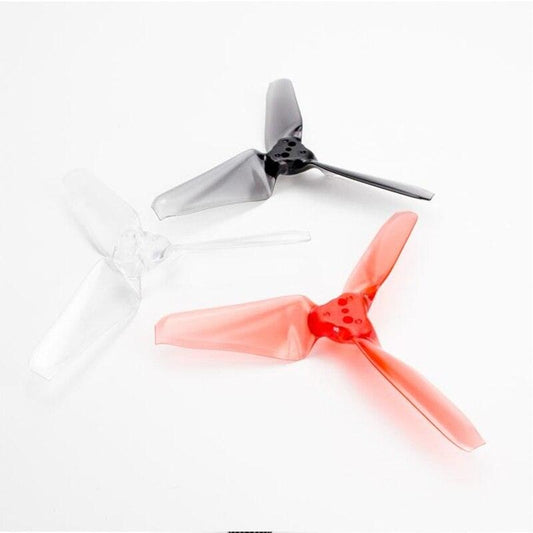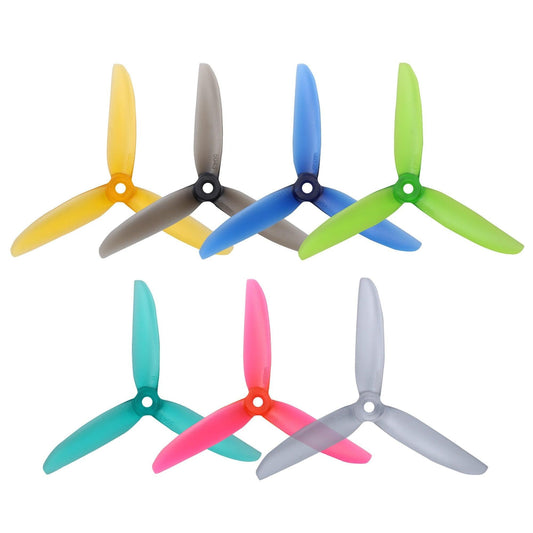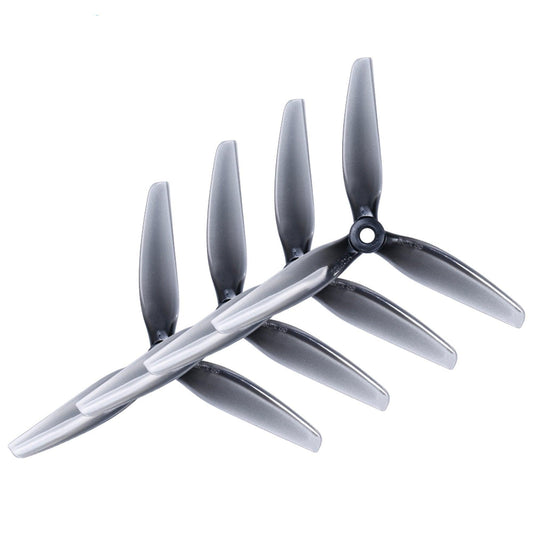Collection: FPV Propellers
FPV Propellers
Definition of FPV Propeller: FPV (First-Person View) propellers are specifically designed for FPV racing drones and freestyle flying. They play a crucial role in providing efficient thrust, stability, and maneuverability during high-speed flights and agile maneuvers. FPV propellers are typically designed to be lightweight, durable, and capable of producing high levels of thrust.
Types of FPV Propellers:
-
Two-Blade Propellers: These propellers have two blades and are known for their efficiency and higher top speed. They offer less drag, allowing for faster acceleration and higher speeds.
-
Three-Blade Propellers: Three-blade propellers provide more thrust and stability compared to two-blade propellers. They are commonly used in FPV racing drones where quick direction changes and tight turns are required.
-
Four-Blade Propellers: Four-blade propellers offer increased control and maneuverability, making them popular for freestyle flying and acrobatic maneuvers. They provide improved low-end throttle response and better handling in turbulent conditions.
Size and Parameter: FPV propellers are commonly categorized based on their size, expressed as the diameter and pitch. For example, a popular FPV propeller size is 5x4.5, where 5 represents the diameter in inches and 4.5 represents the pitch in inches.
Material: FPV propellers are typically made from various materials such as plastic, carbon fiber, or composite materials. Plastic propellers are lightweight and cost-effective but may be less durable. Carbon fiber propellers are stiffer, more durable, and offer better performance, but they are also more expensive.
Recommended Brands and Products:
-
HQProp: HQProp offers a wide range of high-performance FPV propellers known for their durability, efficiency, and balanced performance.
-
Gemfan: Gemfan produces popular FPV propellers that are widely used in the FPV racing and freestyle community. They offer a good balance between performance and affordability.
-
DALProp: DALProp is known for producing high-quality and well-balanced FPV propellers that deliver excellent thrust and control.
Configuration Tutorial:
-
Propeller Installation: Follow the manufacturer's instructions to properly install the propellers on your FPV drone. Ensure that the propellers are tightened securely but not over-tightened.
-
Balancing: Balancing the propellers can help reduce vibration and improve overall flight performance. You can use a propeller balancer to check and balance the propellers before installation.
FAQs:
-
How do I determine the right propeller size for my FPV drone?
- The propeller size depends on factors such as motor power, frame size, and flight style. Consider the motor and frame specifications, consult the drone manufacturer's guidelines, or refer to propeller size charts to select an appropriate size.
-
Can I mix different types or brands of propellers on my FPV drone?
- It is generally not recommended to mix different types or brands of propellers on the same drone. Each propeller has its own aerodynamic characteristics, and using mismatched propellers can affect flight performance and stability.
-
How often should I replace my FPV propellers?
- FPV propellers should be regularly inspected for any signs of damage, such as cracks or chips. If there are any visible damages or if the propellers are not performing optimally, they should be replaced.
-
Can I use larger or smaller propellers on my FPV drone?
- It is essential to use propellers that are compatible with the motor and frame specifications of your FPV drone. Using propellers that are too large or too small can put strain on the motor or affect flight performance negatively.
Always refer to the manufacturer's recommendations, guidelines, and safety precautions when selecting, installing, and maintaining FPV propellers for your specific drone model.
